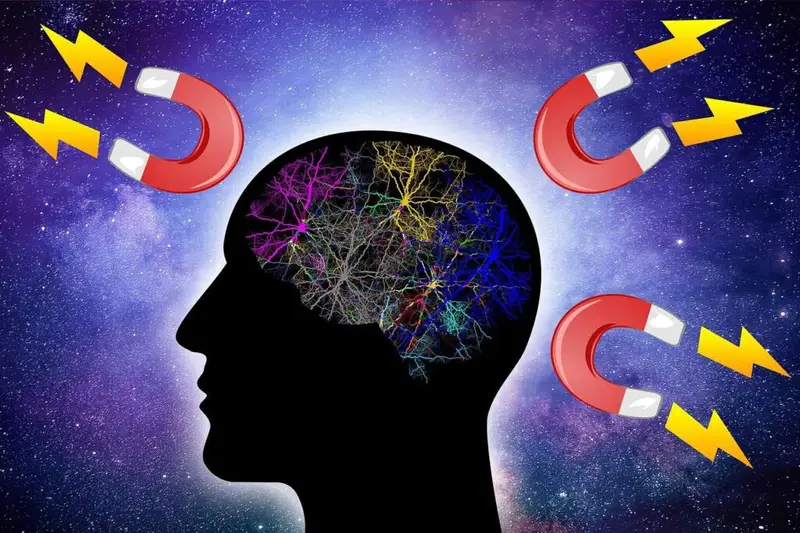It’s a powerful thing to be able to naturally see both sides of everything.
The pros and the cons.
The potential gains and the possible regrets.
Yes, it’s a gift to see all the possibilities for any number of thoughts and ideas you may have —but it can also be a trap when making decisions.
What is Decision Debt, and What You Can do About it
Before I had the tools I do now I had a lot of feelings about this type of thing. Maybe you’ll resonate with these feelings of believing that the “right” decision would eventually reveal itself if I thought long enough, weighed every angle, journaled a bit more, polled my friends, and even consulted the stars…
I’ve got to tell you first hand, it never does.
Instead of actually making a choice, I’d often get stuck in analysis paralysis or what i call “decision debt”
Decision Debt is when we prolong decisions or procrastinate, to the point where we end up with a bunch of unmade decisions hanging over us that are nagging at us in the back of our mind. Like financial debt, decision debt has a high cost: notably creating confusion, overwhelm, and taking up valuable mental real estate.
Indecision isn’t actually thoughtful. It’s draining. Every time you make a decision and unmake it… every time you commit, then second-guess yourself… every time you stall in the name of “exploring options” you chip away at your self-trust.
No regrets: a simplified decision-making process
Here’s how to move through any decision doubt, feel confident, and have so much self-trust that you can say ‘I have no regrets!’:
- Make a decision: Left or right? In or Out? Yes or No? Now’s the time to decide.
- Make sure you like your reasons: Your decision is yours alone, be confident in the ‘why’ behind your choices.
- Have your own back: The #1 supporter of your ultimate happiness and success, is you. No matter what happens after you’ve made your decision, you have to have your own back; you got this.
- Follow through: You’ve made your choice, now do it. Go on the date. Call the guy. Take the job. Try a new food at a place you’ve been debating checking out for months. This step is all about doing the action step required to follow through with your decision.
- Don’t beat yourself up if it doesn’t work out as expected —and celebrate your progress too: Go easy on yourself in times when things don’t go the way you hope, you’re just a person seeking to live your best life. Even in your hard moments, there is growth.

So often we regret decisions we made when we didn’t have the information then that we have now. Instead, I coach my clients to use regret to inform future decisions, not lament previous ones.
Sure, you can change your mind, but only after action, reflection, and wisdom —don’t change your mind because of fear or doubt.
When you’re feeling stuck or confused in your decision making, here are three coaching questions I ask my clients to help them move forward.
1. Remove “history bias”
Would you still choose it now, if you weren’t already doing it? Would you take the job again? Date that person again? Buy that condo again? If not, ask why you’re still holding on. Avoid partial perspective and consider what new path you’ll create with your next big decision.
2. Imagine both options succeed
If you’re struggling with a binary “this or that” decision, imagine you could see into the future and knew for sure both paths would work out. Which would you choose? Don’t let fear of failure pick for you.
3. Ask your future self
What does 10-years-from-now you think you should do? He’s wiser than current-you. Listen to him.
Something that happens when you start to do this is really magical —you grow into your self-confidence, new mindsets, and suddenly more opportunities open up to you, new ideas, new people, and new chapters in your life.
There’s nothing actually mystical here, it’s 100% you. Your mindset. Your consistency. Your practice.
If your decision debt is weighing on you and you want help making decisions, trusting yourself more, or taking action you’ve been avoiding —I coach people through this all the time. You don’t have to do it alone. Book a free session with me here.



